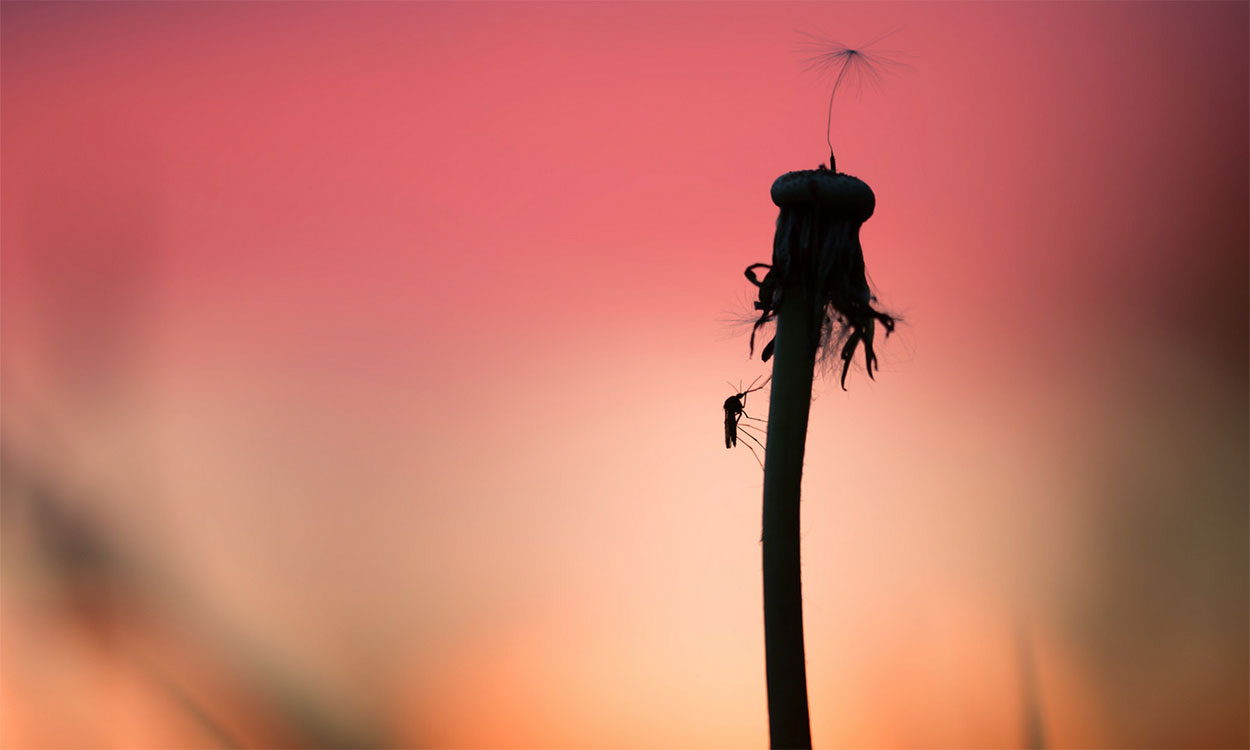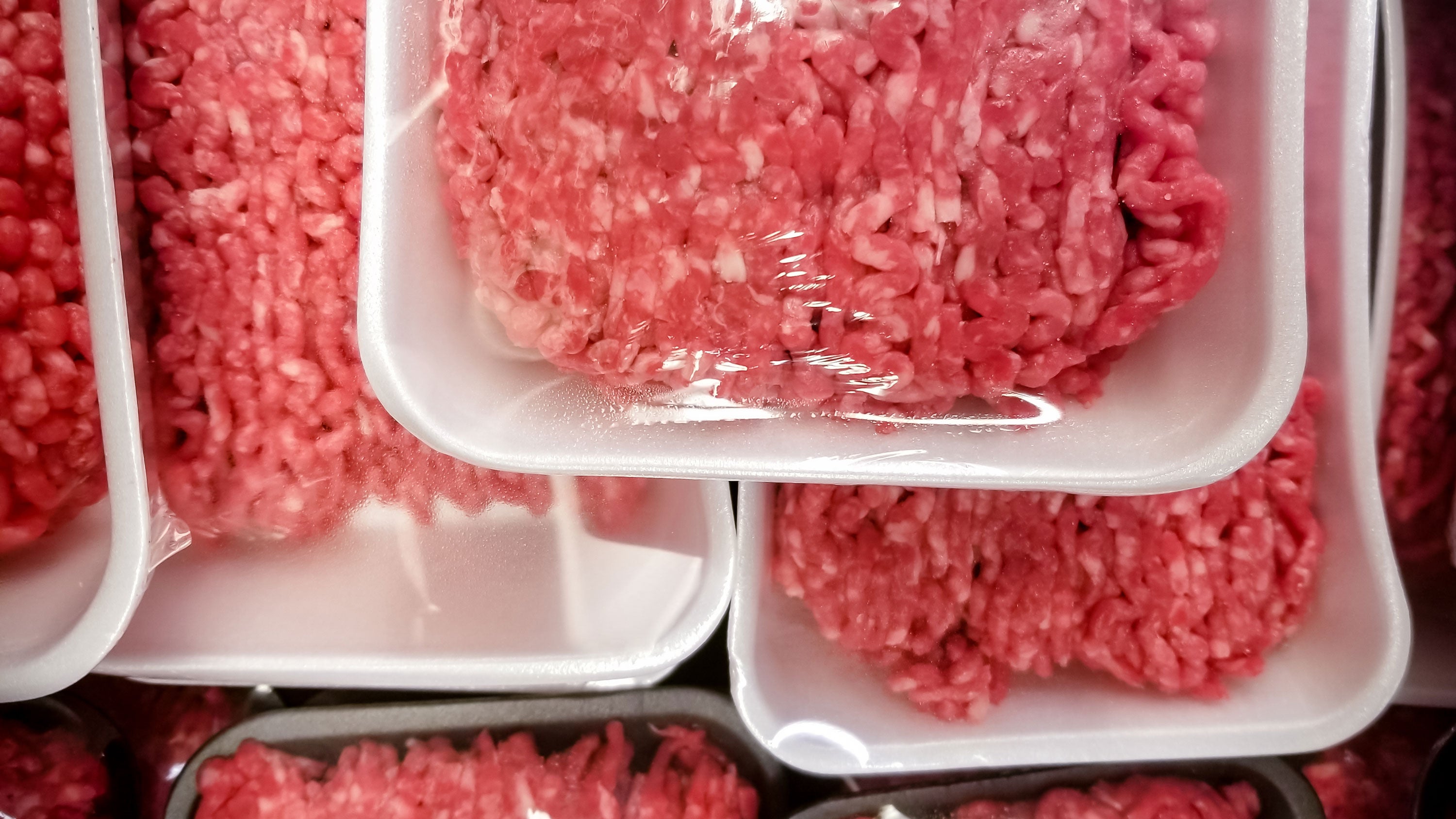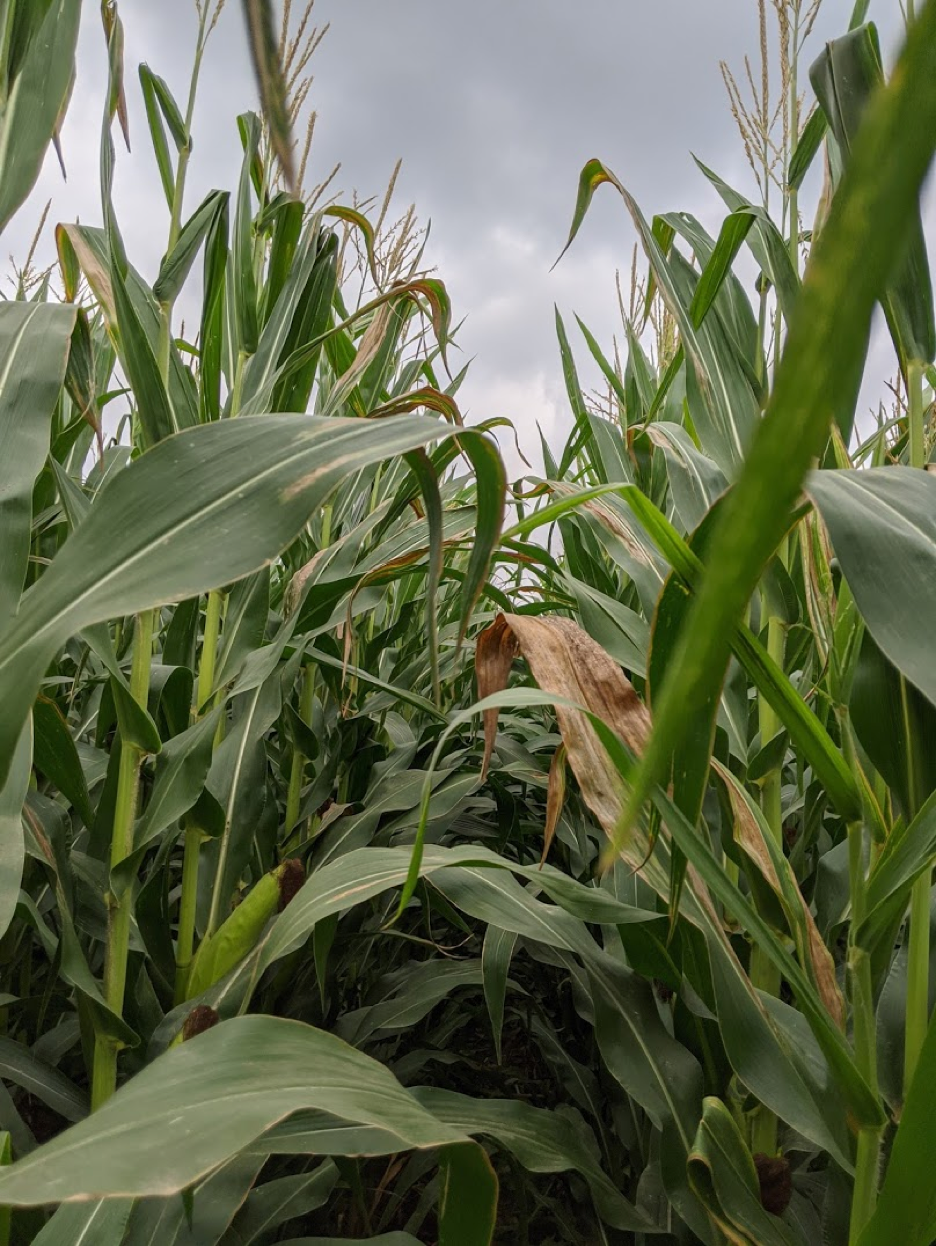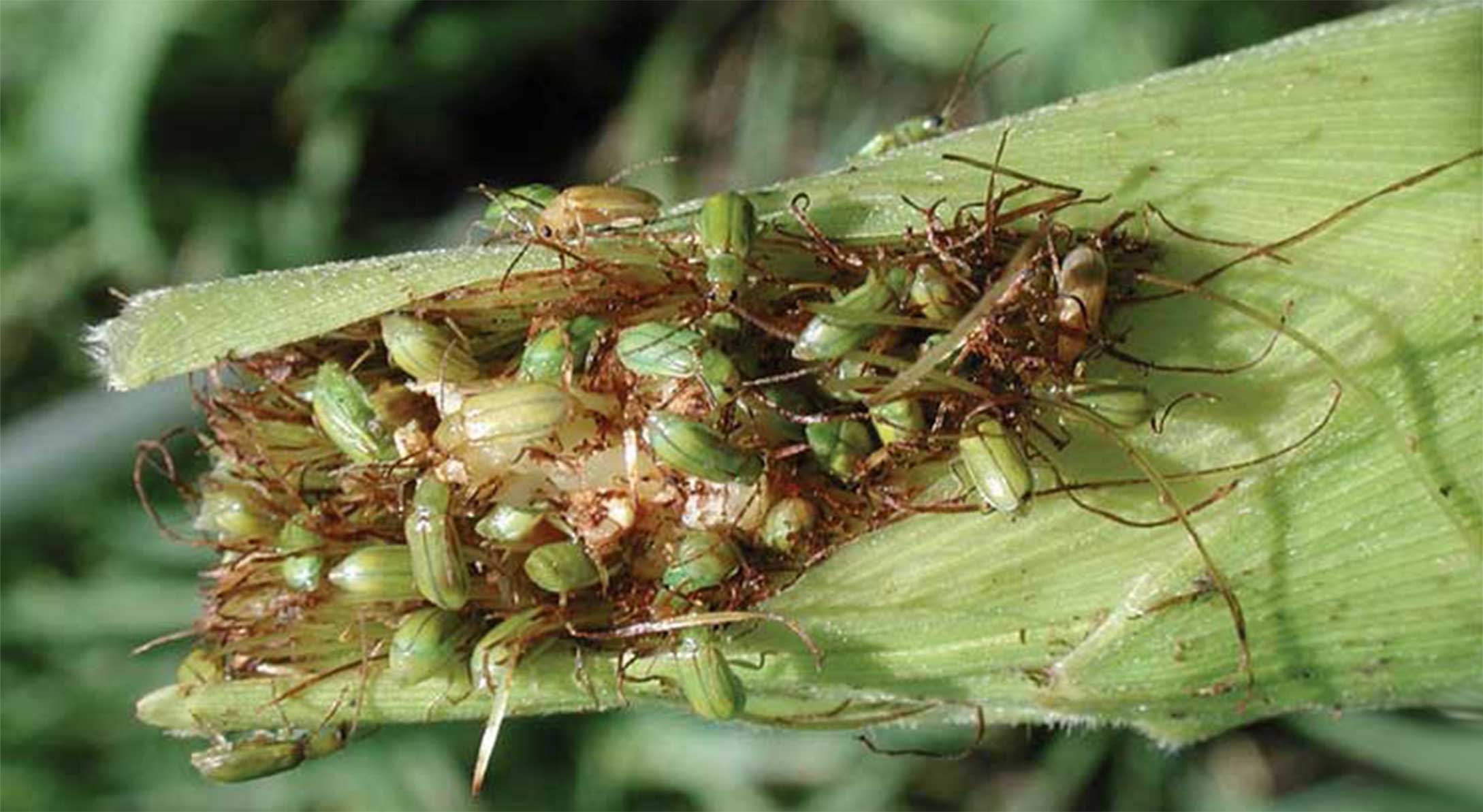Search

West Nile Virus Update: Aug. 2, 2021
As of Aug. 2, 2021, the South Dakota Department of Health indicated that West-Nile-virus-positive mosquitoes were detected in Brookings, Codington, Hughes, Lincoln and Brown counties in South Dakota.

Poisonous Plants on Rangelands: Larkspur and Poisonvetch
Larkspurs are the second leading cause for all livestock deaths from toxic plant poisoning. Poisonvetches are considered accumulator plants that uptake excessive levels of selenium and cause toxicity problems in cattle.

Poisonous Plants on Rangelands: Locoweed and Crazyweed
Locoweed and crazyweed are found throughout South Dakota rangelands, and both can cause livestock poisoning.The names locoweed and crazyweed are often used interchangeably. However, there are notable differences between the species.

Poisonous Plants on Rangelands: Woody Species
Several woody plant species that are poisonous to livestock are found throughout South Dakota rangelands, including ponderosa pine, chokecherry, greasewood and broom snakeweed.

South Dakota 4-H Recognizes Volunteers at 2021 State Fair
August 19, 2021
Each summer, individuals who have made significant contributions to county or state 4-H programming are honored through the 4-H Volunteer Hall of Fame.

Frequently Asked Questions (FAQs) About Serving Bison and Beef in USDA Child Nutrition Programs in South Dakota
This FAQ document provides responses to commonly asked questions about serving beef and bison in South Dakota Child Nutrition Program (CNP) meals and snacks.

Goss's Bacterial Wilt and Leaf Blight of Corn
Fact sheet for identifying Goss’s bacterial wilt and leaf blight of corn, also known
as bacterial leaf freckles and wilt.

How to Make a Safe Hot Sauce
Hot sauces can be made to with a combination of several different ingredients to give unique flavors and heat that consumers enjoy. There are many considerations that should be made on how hot sauces are processed, formulated and packaged.

Crown Rust of Oats
Fact sheet on Crown Rust of Oats for agronomist and growers.

Northern and Western Corn Rootworm in South Dakota
Fact sheet on Northern and Western Corn Rootworm in South Dakota